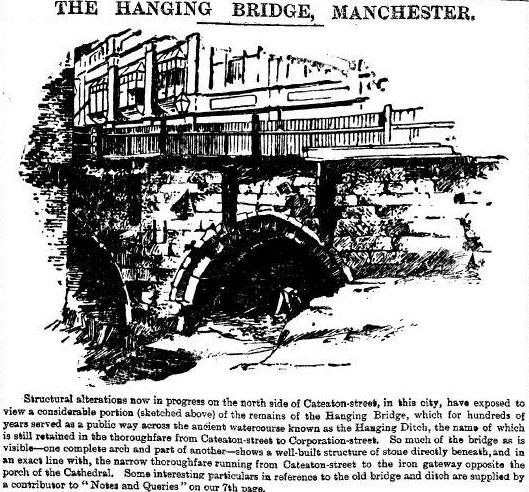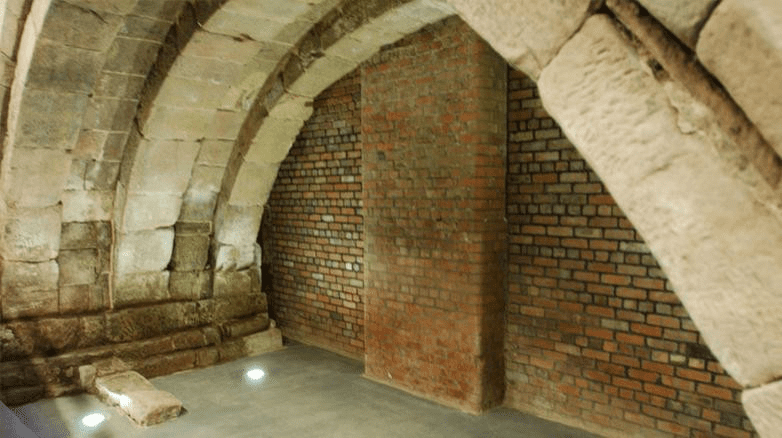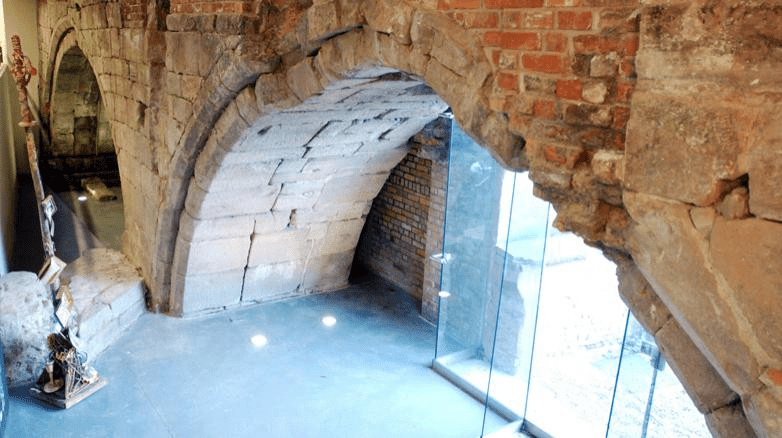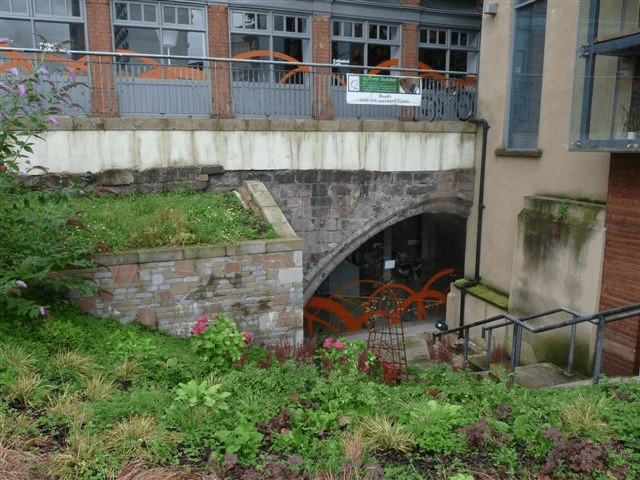Manchester’s history dates back to ancient Roman times. There are many ruins of that era on the territory of the city. It seems impossible that such ancient buildings preserved their appearance through the centuries. Thus, Manchester can boast of an amazing and very old architectural object, the Hanging Bridge, which was first mentioned in the 1340s. Learn more at manchester-future.
The history of Manchester’s oldest bridge
The Hanging Bridge was built in the 14th century. It was an incredibly stormy period in the history of England. At that time, the country was shaken by one of the most deadly epidemics, the Black Death. It caused terrible losses not only to the population of Manchester but also to the entire country. The Hanging Bridge appeared in the midst of those events. It was a real engineering marvel of the mediaeval era, which gave hope for a bright future to many.
The Hanging Bridge was built over the Hanging Ditch, which connected the two rivers that flow through Manchester, the Irk and the Irwell. We don’t know the exact date of the bridge construction, but the first mention of the bridge over the Hanging Ditch dates back to 1343. Therefore, historians and scientists decided to consider that year as the time of its foundation.
Before that, historians assumed that the bridge was most likely built from the remains of the ancient Roman fort Mamucium, built in 79 AD. Researchers also assumed that the ditch under the bridge was probably a defensive structure in the Roman era. However, it should be noted that the bridge wasn’t preserved in its original form until nowadays, as it underwent significant changes in 1421.
Features of the ancient bridge and its architecture

The architecture of the mediaeval Hanging Bridge was unique. It is nothing like any other bridge in Manchester or even in the whole country. Its main difference was the hanging gate, from which it got its name. In the mediaeval era, people paid money at that bridge to cross the river. The Hanging Bridge was also a part of the mediaeval defence of the city. The main route to the Manchester Cathedral and the parish church passed through it as well. Manchester’s bridge was designed to control trade in the city and generate revenue for its maintenance.
The bridge was built of sandstone and had two arches. Each of them was 108 feet (33 m) long and 9 feet (2.7 m) wide.
Why was the bridge so important to Manchester?

For many centuries, the Hanging Bridge has played a key role in the economic and social life of Manchester. It was strategically located on the trade route connecting Lancashire with Yorkshire. That fact made it an important centre for the exchange of goods and services. Its maintenance was assured by duties collected from merchants and travellers.
What happened to the bridge?

Many ancient objects lost their relevance over time.
So, at the beginning of the 17th century, the ancient Manchester’s bridge was recognised as unsanitary. However, despite such a loud statement, the bridge wasn’t demolished. It stopped functioning, and later, was simply buried and built over.
In the 18th century, Manchester was expanding and the city was implementing new town planning. As a result, 9 new houses were built along the bridge and it was completely built over at the very first stage.
For many decades, nobody mentioned the bridge. It became a forgotten historical monument, which was buried under the thick earth. It was like that until the 19th century when the city carried out the demolition of old and unusable buildings as well as some excavations. Thus, archaeologists discovered the ancient Hanging Bridge. It was put on paid display. Over 30,000 people came to see the ancient bridge in a few months. However, the bridge was buried underground once again during Manchester’s Victorian expansion. Archaeologists rediscovered the bridge only a hundred years after that. They carried out careful restoration, and at the beginning of the 21st century, the bridge became available for visits again.
In the 21st century, most of the bridge is hidden under city buildings. You can see a part of it in the basement of the Manchester Cathedral Visitor Centre.

The Hanging Bridge is one of the main symbols of Manchester’s history. It was listed as a Scheduled Ancient Monument. Therefore, the bridge is historically significant for the city and the whole nation.
In the 21st century, Manchester’s Hanging Bridge is a popular tourist attraction. Hundreds of lovers of ancient history and architecture from all over the world come here every day. Visitors can explore the bridge, learn about its history and enjoy its unique design.